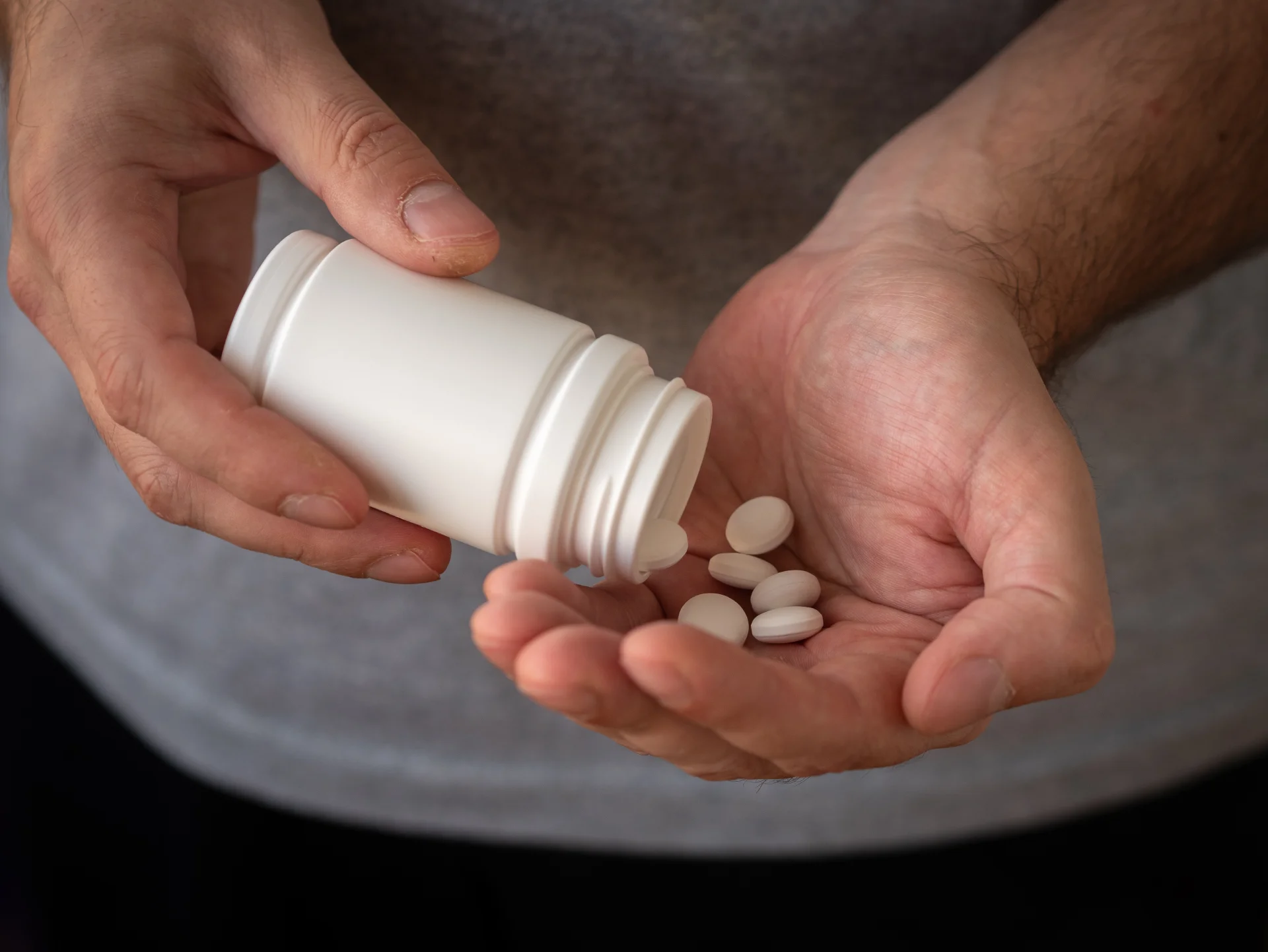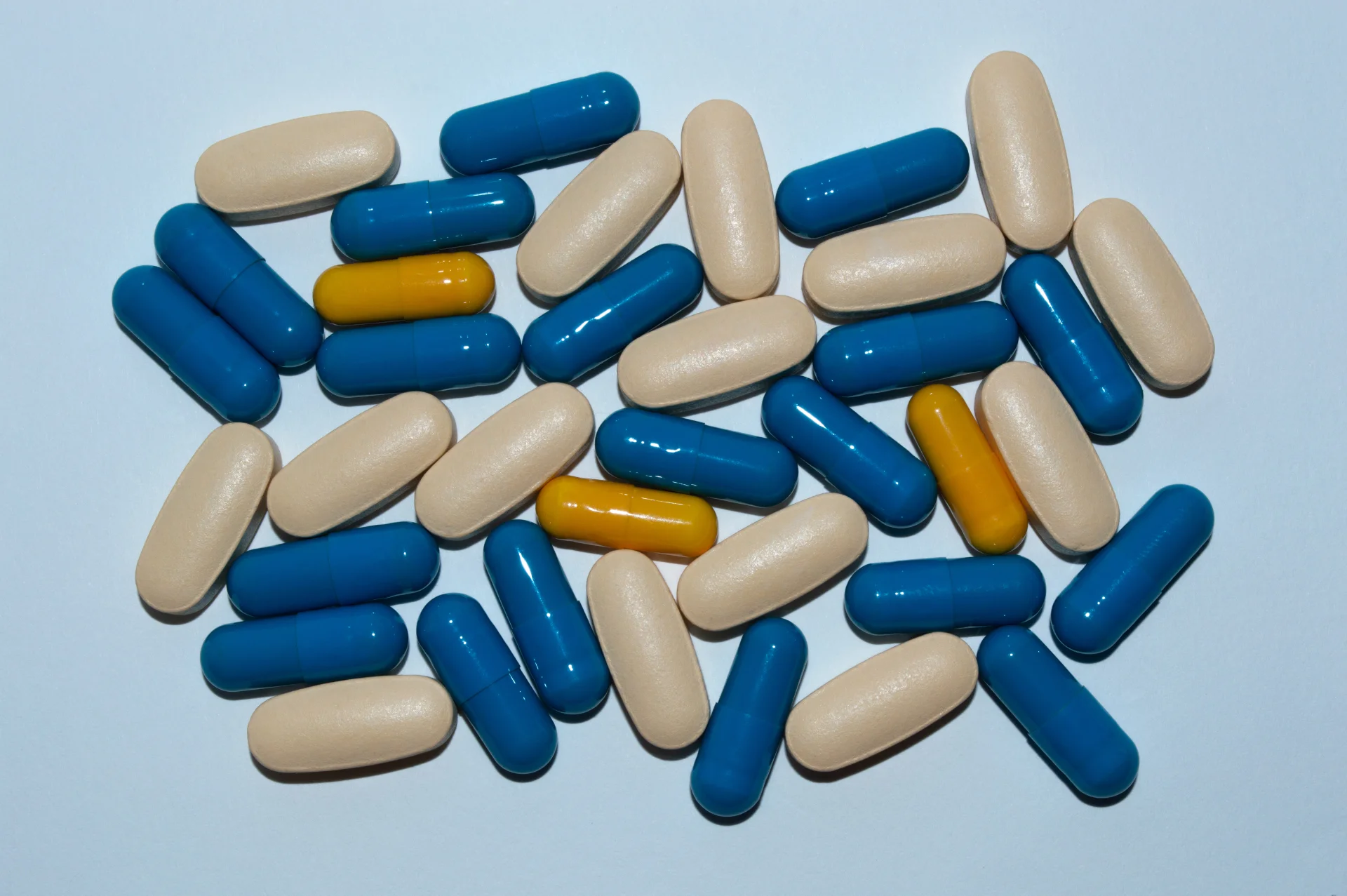Hydrocodone Addiction Treatment in Long Island
Our Long Island hydrocodone guide explains how dependence develops, why medical detox is safer, and how medications, therapies, and pain-safe strategies support recovery plus confidential referral help to connect you with trusted local care.
Covered by most insurance plans
Available to help you 24/7
Table of Contents
Hydrocodone is a semi-synthetic opioid commonly prescribed for acute, moderate-to-severe pain (e.g., dental procedures, injuries, post-op). Because it powerfully activates mu-opioid receptors blunting pain while stimulating the brain’s reward pathway it carries a high risk of tolerance, dependence, and addiction, especially with longer use, higher doses, or use outside medical guidance. Long Island Addiction Resources is a confidential referral service for Nassau and Suffolk residents, we are not a rehab or medical provider. We help you compare licensed detox and treatment programs close to home that match your needs and insurance.

What Hydrocodone Is (and Why It’s Risky)
Hydrocodone is an opioid analgesic often combined with acetaminophen (e.g., Vicodin, Norco, Lortab) or formulated as extended-release hydrocodone (e.g., Zohydro ER). Short-term use at the lowest effective dose can be appropriate, but repeated exposure changes brain circuits for reward, stress, and self-control. That’s why even people who start with legitimate prescriptions can slide into misuse taking extra pills for breakthrough pain, spacing doses closer together, or using to “take the edge off” stress setting up a cycle of tolerance and dependence.
How Dependence and Addiction Develop
Tolerance: Over time, the same dose produces less relief or euphoria, leading to dose escalation.
Dependence: The body adapts to the steady opioid signal; cutting back triggers withdrawal.
Addiction: Compulsive use continues despite harm, driven by cravings, relief-seeking, and conditioned triggers (pain flares, stress, certain places or people). These processes are biological and learned not a failure of willpower which is why evidence-based medical and behavioral care works best.
Hydrocodone Safety Risks: Liver Damage, Overdose & Counterfeits
Many hydrocodone tablets contain acetaminophen; taking high total daily amounts (or mixing with alcohol) can severely injure the liver. Combining hydrocodone with benzodiazepines, alcohol, or other sedatives sharply increases overdose risk by suppressing breathing. Also, non-pharmacy pills sold as “hydros” may be counterfeit and contaminated with illicit fentanyl common on Long Island and statewide raising the danger of unrecognized overdose.

Recognizing Problem Use
- Taking larger or more frequent doses than prescribed; running out early; doctor-shopping.
- Using to relax or sleep rather than for pain; hiding use; preoccupation with supply.
- Functional changes: missed work/school, relationship strain, financial issues, legal trouble.
- Physical signs: drowsiness, pinpoint pupils, constipation, slowed breathing, nausea; or, between doses, yawning, sweating, anxiety, aches, runny nose, insomnia.
Withdrawal: What to Expect and Why Medical Help Matters
Symptoms typically begin 6–12 hours after the last short-acting dose (longer for ER forms) and may include restlessness, anxiety, muscle and bone aches, chills, sweating, dilated pupils, GI upset, elevated heart rate/blood pressure, and strong cravings. While opioid withdrawal is usually not life-threatening, dehydration, blood pressure swings, and relapse risk are real. Relapse after even a short break is especially dangerous because tolerance drops, increasing overdose risk. Medically supervised detox on Long Island addresses symptoms, protects your health, and seamlessly starts next-step treatment before cravings derail progress.
Detox and Stabilization on Long Island: What Happens
Assessment: Clinicians review your hydrocodone pattern (including any fentanyl exposure), other substances, medical conditions, mental health, and prior treatments.
Symptom management: Targeted non-opioid meds reduce nausea, cramps, diarrhea, insomnia, and anxiety; fluids and nutrition support recovery.
MOUD initiation: When appropriate, medications for opioid use disorder (see below) start during detox to curb withdrawal and cravings and to lower overdose risk.
Warm handoff: Before discharge, staff coordinate your next level of care (residential, PHP/IOP, or outpatient with a MOUD prescriber).
Medications That Improve Outcomes (MOUD/MAT)
Buprenorphine. A partial agonist that eases withdrawal and cravings with a ceiling effect that reduces overdose risk. Standard induction begins in moderate withdrawal; micro-induction can be used after heavy fentanyl exposure to avoid precipitated withdrawal. Can be continued long-term or tapered later.
Methadone. A full agonist provided through certified programs; highly effective for strong cravings or complex cases. Daily observed dosing initially, with take-home privileges as stability improves.
Naltrexone (post-detox). A non-opioid antagonist (monthly injection or daily oral) that blocks opioid effects once fully opioid-free; best for motivated individuals with reliable follow-up.
These medicines reduce mortality, relapse, and overdose and are widely available across Nassau and Suffolk through hospital-based detox units, specialty clinics, and office-based prescribers.
Therapies That Strengthen Recovery
Cognitive Behavioral Therapy (CBT): Maps triggers, teaches craving management, and builds a concrete relapse-prevention plan (people/places/times, warning signs, and “if-then” actions).
Dialectical Behavior Therapy (DBT) skills: Emotion regulation and distress tolerance for pain flares and high-arousal moments without reaching for pills.
Motivational Interviewing (MI): Aligns treatment with personal values (family, work, health) to strengthen commitment.
Dual-diagnosis care: Depression, anxiety, PTSD, or insomnia often co-occur; treating both pain and mental health alongside opioid use improves outcomes.
Pain-specific interventions: Non-opioid meds, physical therapy, sleep optimization, activity pacing, and mind-body approaches (e.g., relaxation, biofeedback) reduce reliance on opioids.
Levels of Care on Long Island
- Medical detox & inpatient stabilization: 24/7 monitoring, MOUD initiation, rapid linkage to rehab.
- Residential rehab: Live-in structure away from triggers with daily therapy and skills practice.
- Partial Hospitalization (PHP) / Intensive Outpatient (IOP): Multiple therapy days per week with medication management while you live at home or in recovery housing.
- Standard outpatient: Weekly therapy and MOUD follow-ups once stable; telehealth options are common.
- Recovery housing & supports: Sober living, peer coaching, employment assistance, and case management.
Harm Reduction and Safety
- Carry naloxone; teach loved ones to use it and call 911 for any suspected overdose.
- Avoid mixing hydrocodone with alcohol, benzodiazepines, or other sedatives; this combination sharply increases respiratory depression.
- Be cautious with non-pharmacy pills; counterfeit tablets may contain fentanyl. Fentanyl test strips can reduce (not eliminate) risk.
- Watch total daily acetaminophen if using combo products; excessive doses can cause severe liver injury.
Our Role on Long Island
Long Island Addiction Resources is not a detox or rehab. We’re a local, confidential connector. We help Nassau and Suffolk residents verify insurance and compare licensed detoxes, residential programs, PHP/IOP, outpatient therapy, and MOUD prescribers that fit your clinical needs, schedule, and preferences. We can also coordinate professional interventions and provide guidance on recovery housing and peer support.
Start today
If you or a loved one are ready to end your alcohol and drug use, there are many recovery options available near you in Long Island
Are you ready to take back control over your life?
Making the decision to seek help is one of the hardest and bravest steps you can take. We know that the recovery process is not always easy—there may be challenges along the way—but every step forward brings you closer to a life free from the weight of addiction.
Find treatment options covered by insurance















Let today be
your Day 1
We'll get on a call, assess your health history, and verify your insurance. Today is Day 1. We can't wait to celebrate Day 1000 with you!
Fill out this simple form and we’ll call you right back.
Frequently Asked Questions
We'll get on a call, assess your health history, and verify your insurance. Today is Day 1. We can't wait to celebrate Day 1000 with you!
Is hydrocodone addictive?
Yes. Hydrocodone carries a high risk of tolerance, dependence, and addiction, particularly when taken in higher doses or used for long periods.
How do people misuse hydrocodone?
Misuse includes taking extra doses, using someone else’s prescription, “doctor shopping” for refills, or taking the medication to cope with stress rather than pain.
Why is medical detox important for hydrocodone withdrawal?
Medically supervised detox helps manage withdrawal symptoms safely, prevents complications, and provides early access to medication-assisted treatment options.
What medications are used to treat hydrocodone addiction?
Commonly used medications include buprenorphine, methadone, and naltrexone to reduce cravings, stabilize the body, and prevent relapse.
What harm reduction strategies help prevent overdose?
Harm reduction includes carrying naloxone (Narcan), avoiding alcohol or sedative combinations, monitoring acetaminophen intake, and using only prescribed doses.
